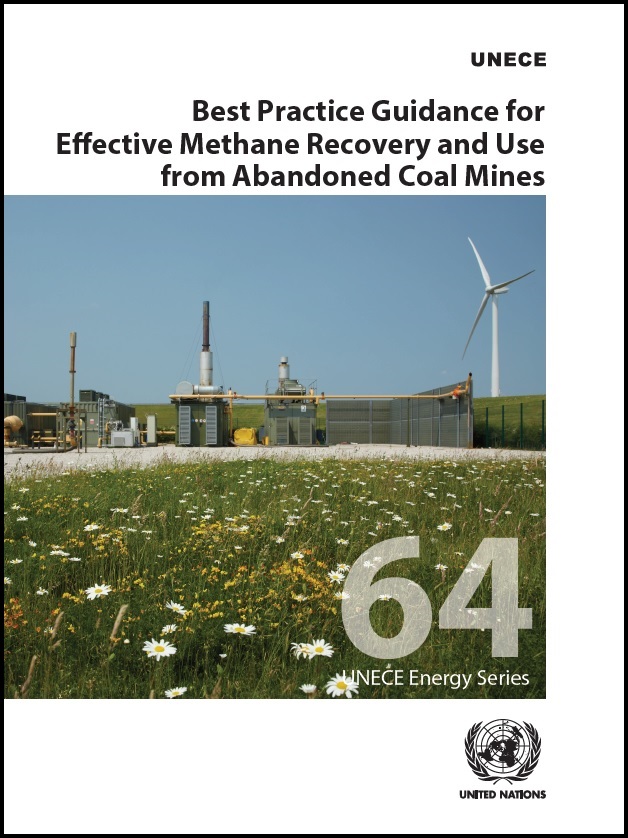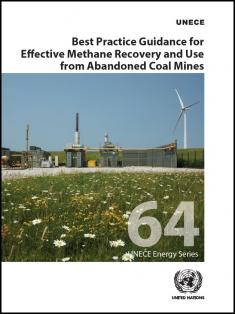
The Best Practice Guidance for Effective Methane Recovery and Use from Abandoned Coal Mines (BPG on AMM) is aimed at raising awareness of AMM opportunities and hazards by providing accessible high-level guidance for senior corporate, government and financial decision-makers – all of whom play an integral role in decisions to implement best practices. Recommended principles and standards on coal mine methane (CMM) capture and use have already been set out in the Best Practice Guidance on Effective Methane Drainage and Use in Coal Mines. The BPG on AMM complements that guidance and is aimed at completing the coal mining cycle by considering the methane emissions that continue after mining has ceased and mines have closed.
The BPG on AMM does not replace or supersede laws and regulations or other legally binding instruments, whether national or international. A clear legal framework and supportive policies can help in getting methane to market. The principles outlined herein are intended to provide guidance to complement existing legal and regulatory frameworks and to support development of post-mining projects to reduce the overall emissions attributable to the coal mining life cycle by optimising recovery and use of methane that would otherwise be released to the atmosphere. To gain a greater understanding about the potential growth of these emissions, UNECE member states and GMI members are urged to consider ways to improve their knowledge of the magnitude and rate of growth of this emission source by including methane emissions from abandoned underground coal mines in their national inventories.
For additional case studies that were developed after publication of the document please visit a detailed website dedicated to this publication.
Please download the English version of the Best Practice Guidance document below. Kindly note that it is available also in the following languages:
